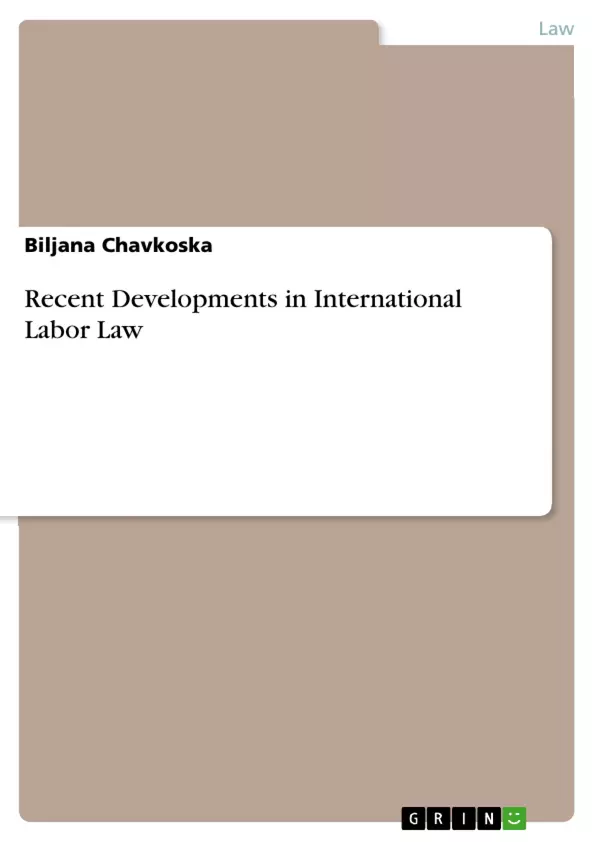The basic idea for creating the European Union is the Internal Market where free movement of people, capital, services and goods is established. The creation of the Internal Market is the central raison d’etre of the EU existence. The freedom of movement of people is one of the four freedoms of the Internal Market. The right to move is the basic right of the European citizens. The realization of this freedom was harder than practicing the free movement of capital, services and goods. Therefore, the European Union is still taking subsequent actions for realization of the freedom of
movement of people. At the beginning, the freedom of movement of people was available just for the working population, but latter on the freedom of movement included all the categories of citizens, students, retired people and people who are not economically active.
Throughout the years European Union makes efforts to change the approach towards the third country nationals, especially the working population as one of the conditions for fulfillment of the Lisbon Strategy goals. The European Union adopted important primary, secondary law and case law of the European Court of Justice such as the Association Agreements regulating the freedom of movement of third country workers. These Association Agreements with Third
Countries provide articles for free movement of third country workers in the European Union and vice versa. For a long time, the Association Agreements are the basic law regulating the freedom of movement of third country workers. The European Court of Justice played important role in interpreting the articles for freedom of movement of workers and giving direct effect in the national laws of the Member States.
In the last two years European Union has adopted secondary law for improving the status of third country workers especially for highly qualified workers. The entrance of highly qualified workers in the Member States is important for realization of the economic growth and development, such as decreasing the unemployment rate.
Inhaltsverzeichnis (Table of Contents)
- CHAPTER ONE
- FREEDOM OF MOVEMENT OF WORKERS IN EUROPEAN UNION
- INTRODUCTION
- FREEDOM OF MOVEMENT OF WORKERS
- ASSOCIATION AGREEMENTS
- TRANSITIONAL AGREEMENTS
- POSTING OF WORKERS REGULATION
- FREEDOM OF MOVEMENT OF WORKERS IN EUROPEAN UNION
- CHAPTER TWO
- EQUAL PAY RULES IN EU LAW
- CHAPTER THREE
- INTERNATIONAL LABOR ORGANIZATION
Zielsetzung und Themenschwerpunkte (Objectives and Key Themes)
This work aims to provide an in-depth analysis of recent developments in international labor law. It focuses on the freedom of movement of workers within the European Union, the equal pay rules in EU law, and the role of the International Labor Organization.
- Freedom of movement of workers in the European Union
- Equal pay rules in EU law
- The role of the International Labor Organization
- The impact of association agreements on the freedom of movement of workers
- The legal framework for the posting of workers in the EU
Zusammenfassung der Kapitel (Chapter Summaries)
Chapter One explores the freedom of movement of workers in the European Union. It examines the direct effect of Article 39 TEC, the rights of migrant workers, and the role of association agreements in regulating the movement of third country workers. The chapter also discusses the European Court of Justice's interpretation of these agreements and its impact on national laws.
Chapter Two delves into the equal pay rules in EU law. It analyzes the concept of indirect discrimination based on gender, the legal framework for objective justification in cases of indirect discrimination, and the role of positive actions in EU legislation. This chapter also addresses harassment definitions and the relationship between EU labor law and disability policy.
Chapter Three provides an overview of the International Labor Organization (ILO). It examines the ILO's background, structure, and activities.
Schlüsselwörter (Keywords)
This text focuses on key topics including freedom of movement, migrant workers, association agreements, equal pay, discrimination, International Labor Organization, European Court of Justice, and EU labor law.
- Arbeit zitieren
- Assoc. Prof. DR Biljana Chavkoska (Autor:in), 2022, Recent Developments in International Labor Law, München, GRIN Verlag, https://www.hausarbeiten.de/document/1224058


